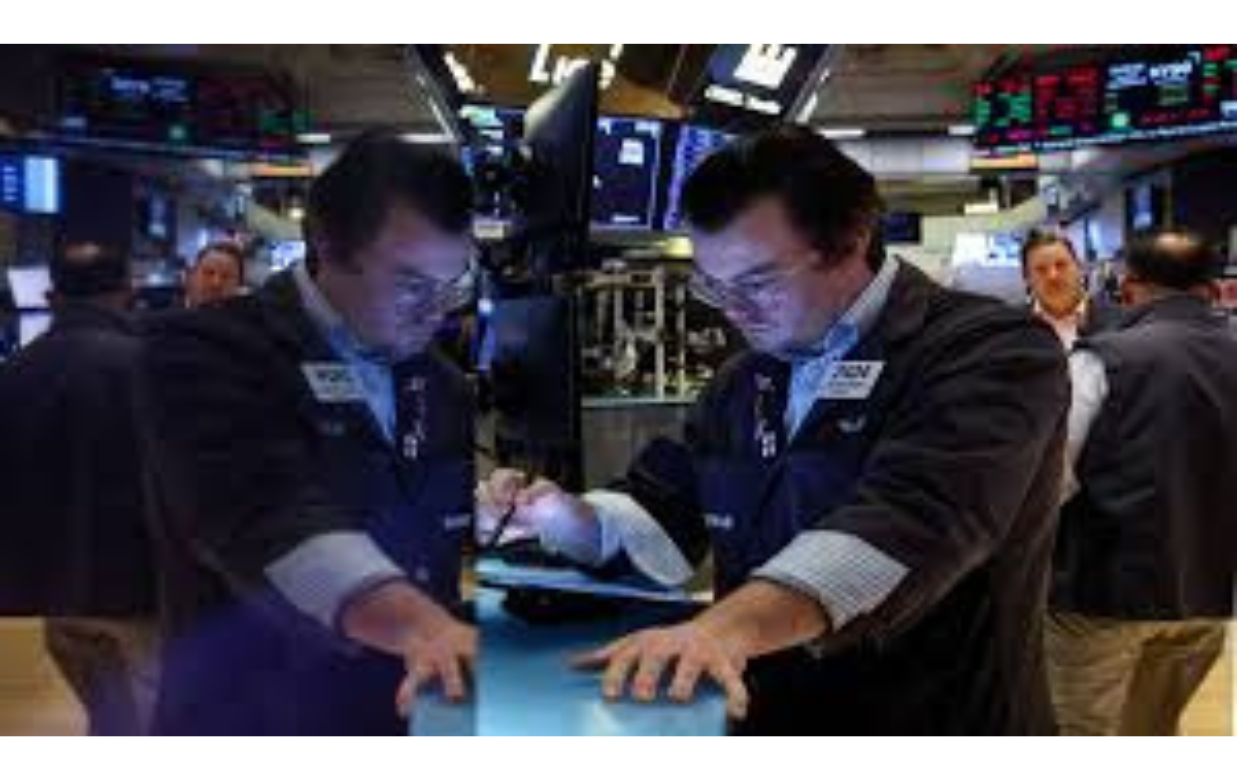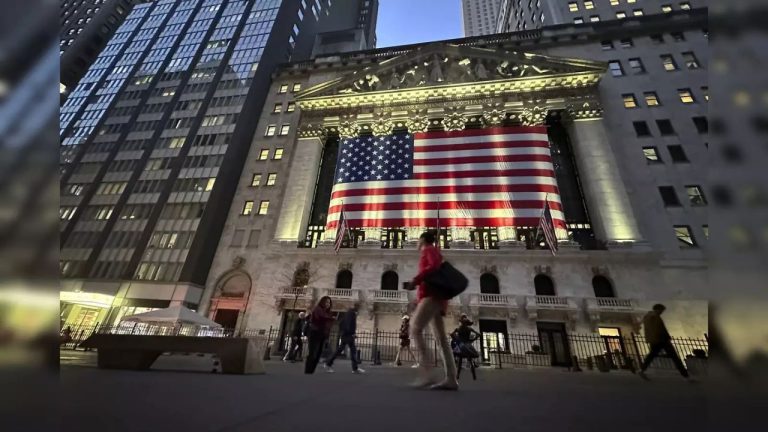US Markets Close Much Lower Due to Growing Economic and Trade Fears
Following gloomy economic data, U.S. equities continued their selloff on Friday, capping off a week cut short by holidays full of fresh trade threats and concerns about waning consumer demand.
Following the release of the data, all three of the main U.S. market indexes had sharp declines that persisted throughout afternoon trade.
Both the S&P 500 and the small-cap Russell 2000 saw their worst one-day percentage declines since December 18. All three indices had losses for the week, with the Dow experiencing its worst Friday-to-Friday decline since the middle of October.
Greg Bassuk, the CEO of AXS Investments in New York, stated, “I don’t like all this red on a Friday.” Tariffs, corporate profits, and consumer mood are outpacing AI and technology as the main factors influencing market direction.
According to economic statistics, consumer morale was declining and corporate activity in the United States was slowing down. Survey respondents were becoming more pessimistic about the future of the economy.
Following Walmart’s dismal projection on Thursday, which raised concerns about a slowdown in consumer demand, the data was released.
The euphoria of U.S. firms has “evaporated,” according to Chris Williamson, chief economist at S&P Global, who offered PMI comments, amid “a darkening picture of heightened uncertainty.”
“The new investor narrative is uncertainty,” Bassuk continued. The volatility we’ve witnessed this week is being sparked by it.
At least through the conclusion of this first quarter, we expect the volatility and uncertainty to continue.
Economically vulnerable industries had more than a 2% decline, including semiconductors, small-caps, housing, consumer discretionary, and Dow Transports.
Every “Magnificent Seven” stock closed the day in the red, with Nvidia, which is scheduled to release its earnings next week, plunging 4.1%. Megacap momentum stocks down 2.9%.
The value of the CBOE volatility index was the highest since February 3. In addition to his earlier promises to slap levies on imported vehicles, electronics, and medicines, U.S. President Donald Trump stated this week that he will soon announce additional tariffs covering timber and forest products.
The S&P 500 dropped 104.39 points, or 1.71%, to 6,013.13, the Dow Jones Industrial Average fell 748.63 points, or 1.69%, to 43,428.02, and the Nasdaq Composite dropped 438.36 points, or 2.20%, to 19,524.01.
All 11 of the S&P 500’s major sectors had declined, except consumer staples, while tech and consumer discretionary saw the most percentage losses.
We are nearing the end of the fourth-quarter earnings season. According to LSEG, 425 businesses in the S&P 500 have reported, and 76% have surpassed Wall Street estimates.
Following the announcement of recalls by both electric car manufacturers, Tesla and Rivian saw a 4.7% decline each.
According to LSEG, analysts now estimate an average fourth-quarter S&P 500 profits growth of 15.7% year over year, a considerable improvement above the 7.8% yearly growth forecast as of January 1. After the Wall Street Journal reported that the Department of Justice had opened an inquiry into UnitedHealth’s Medicare billing practices, the company’s stock fell 7.2%.
After the payment company’s fourth-quarter profit missed forecasts, Block plummeted 17.7%. Akamai Technologies fell 21.7% as the cybersecurity firm’s 2025 revenue forecast fell short of projections.
On the NYSE, declining issues outnumbered advancers by 2.64 to 1. The NYSE saw 119 new lows and 102 new highs.
As falling issues outnumbered advancers by a ratio of 3.04 to 1, the Nasdaq saw 1,087 stock increases and 3,301 stock declines.
The Nasdaq Composite had 67 new highs and 135 new lows, while the S&P 500 saw 19 new 52-week highs and eight new lows. In contrast to the average of 15.30 billion shares for the whole session during the previous 20 trading days, the volume on U.S. exchanges was 17.06 billion.







